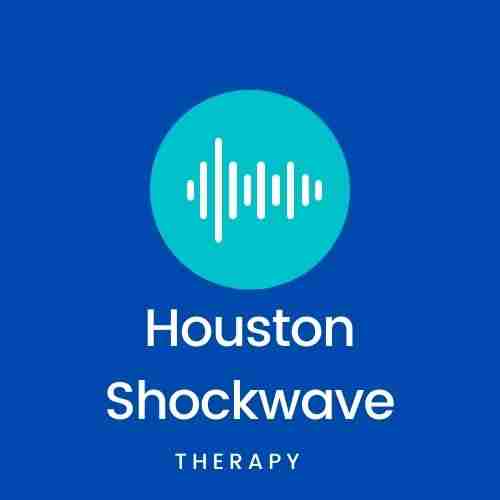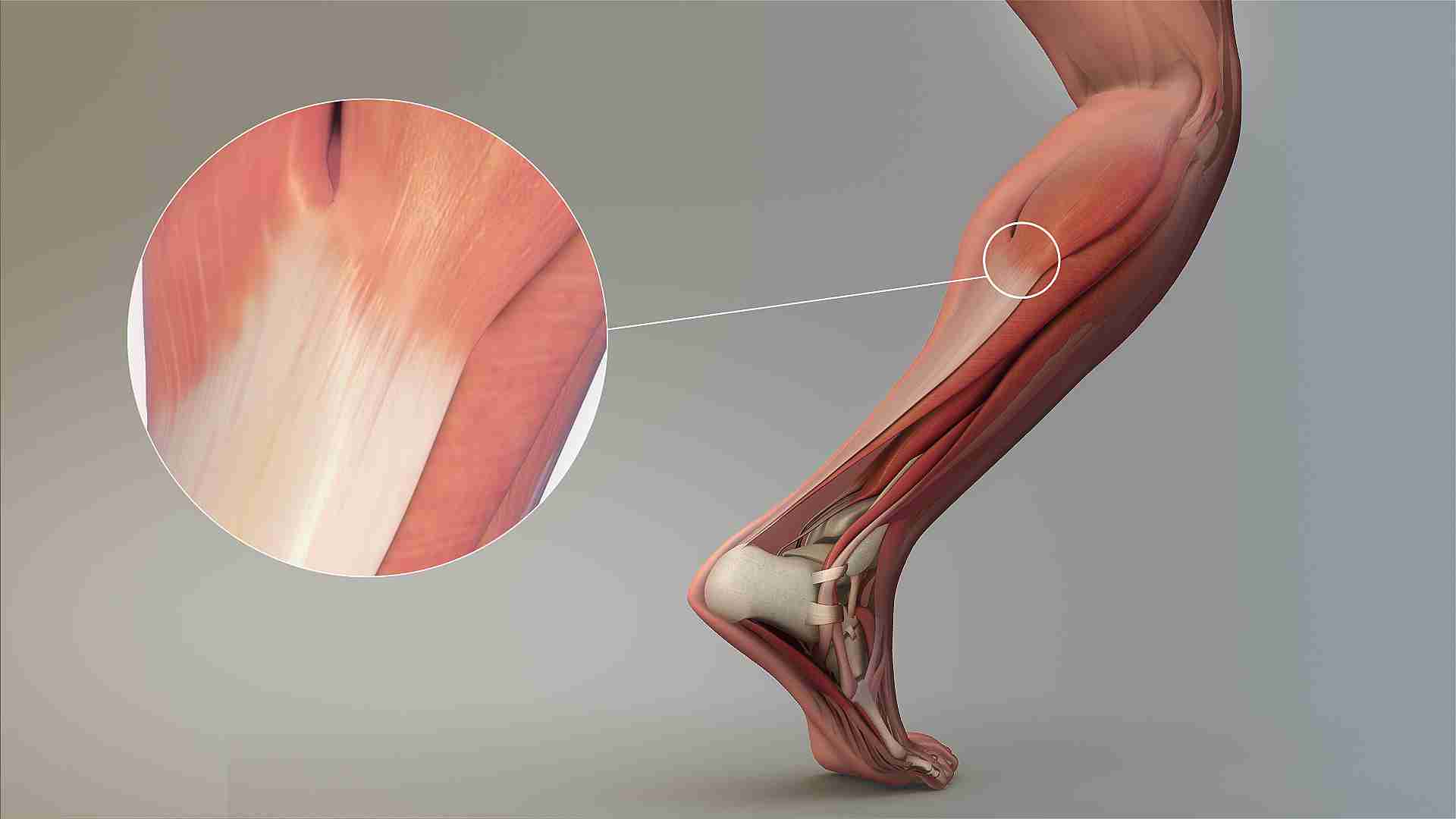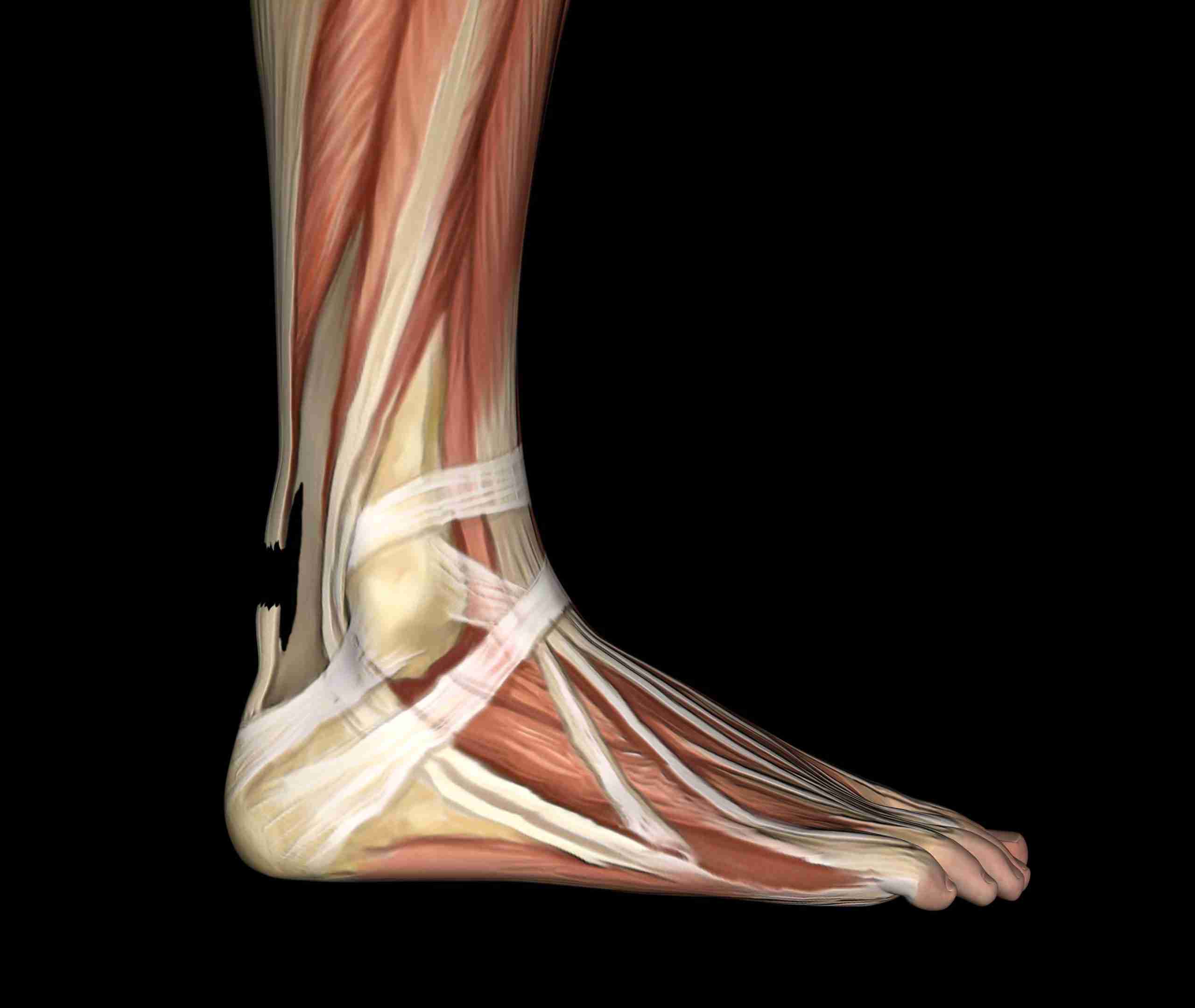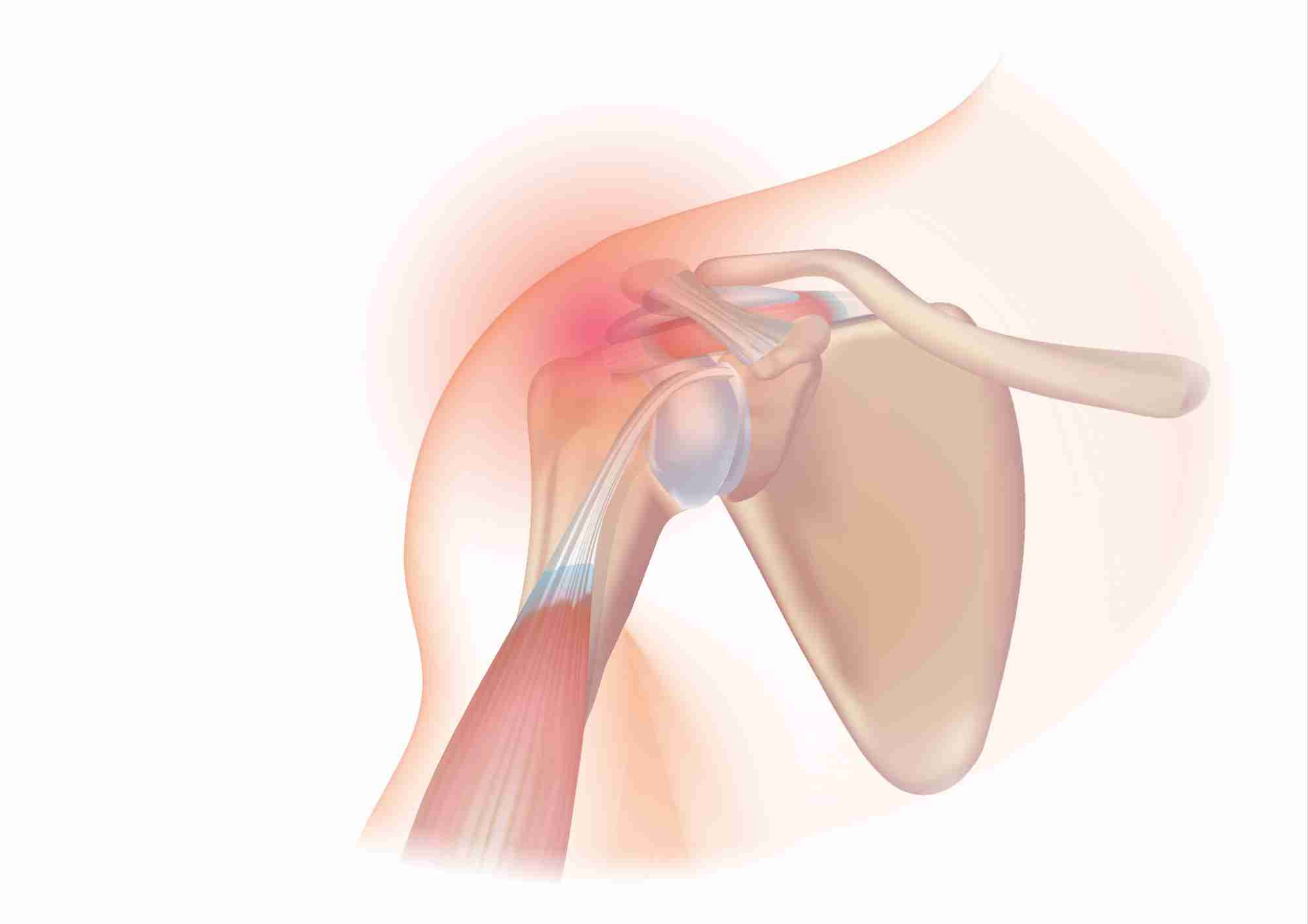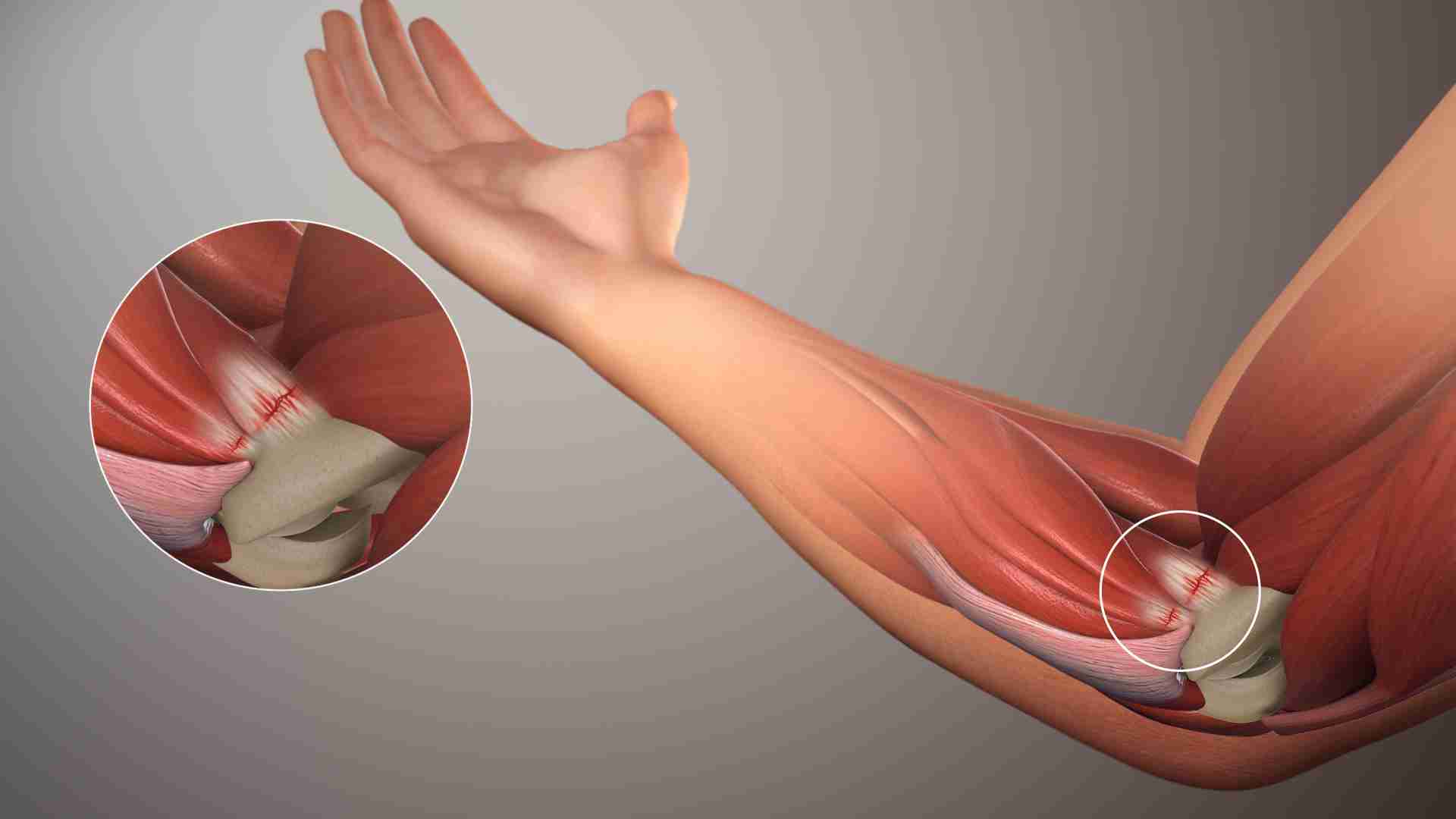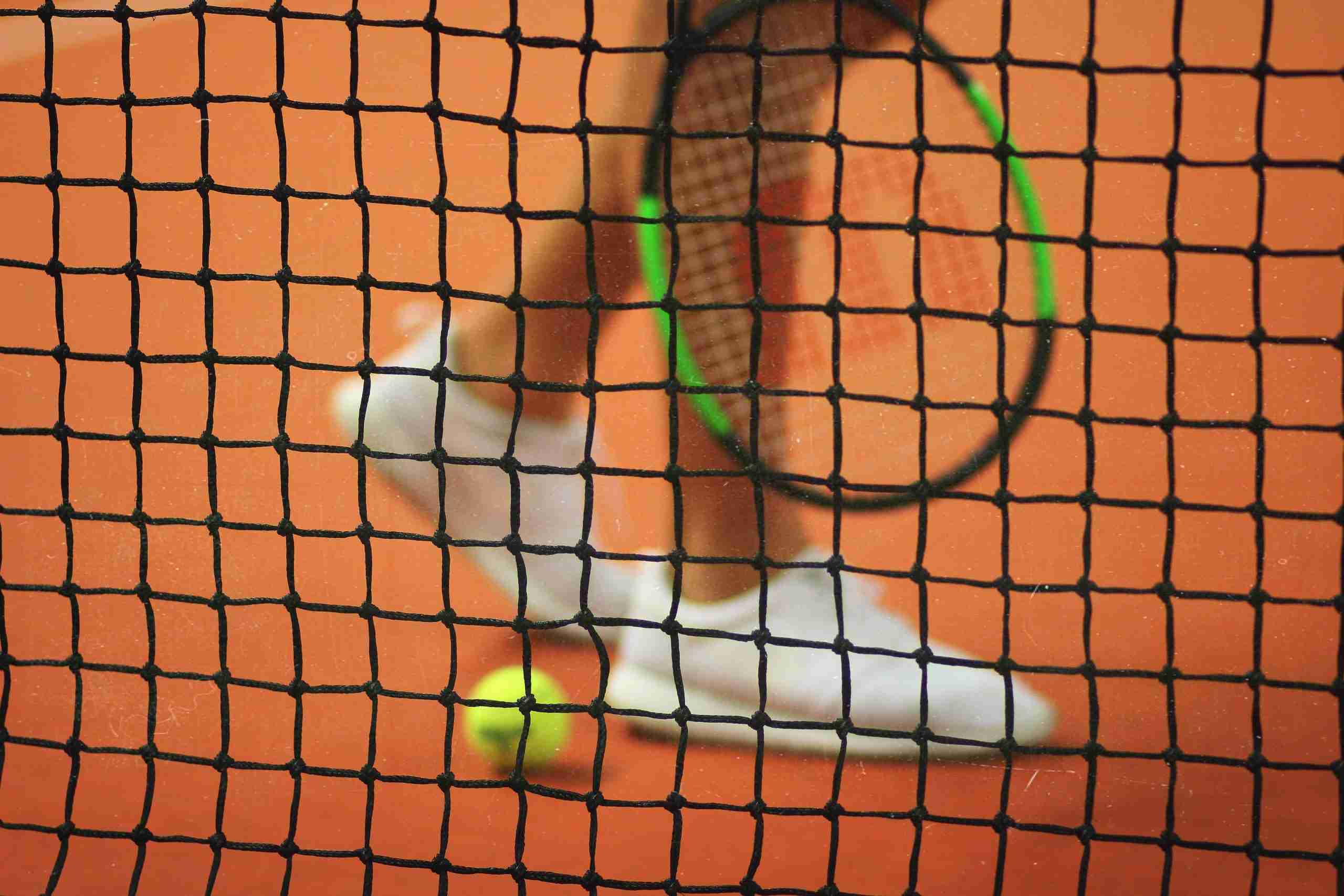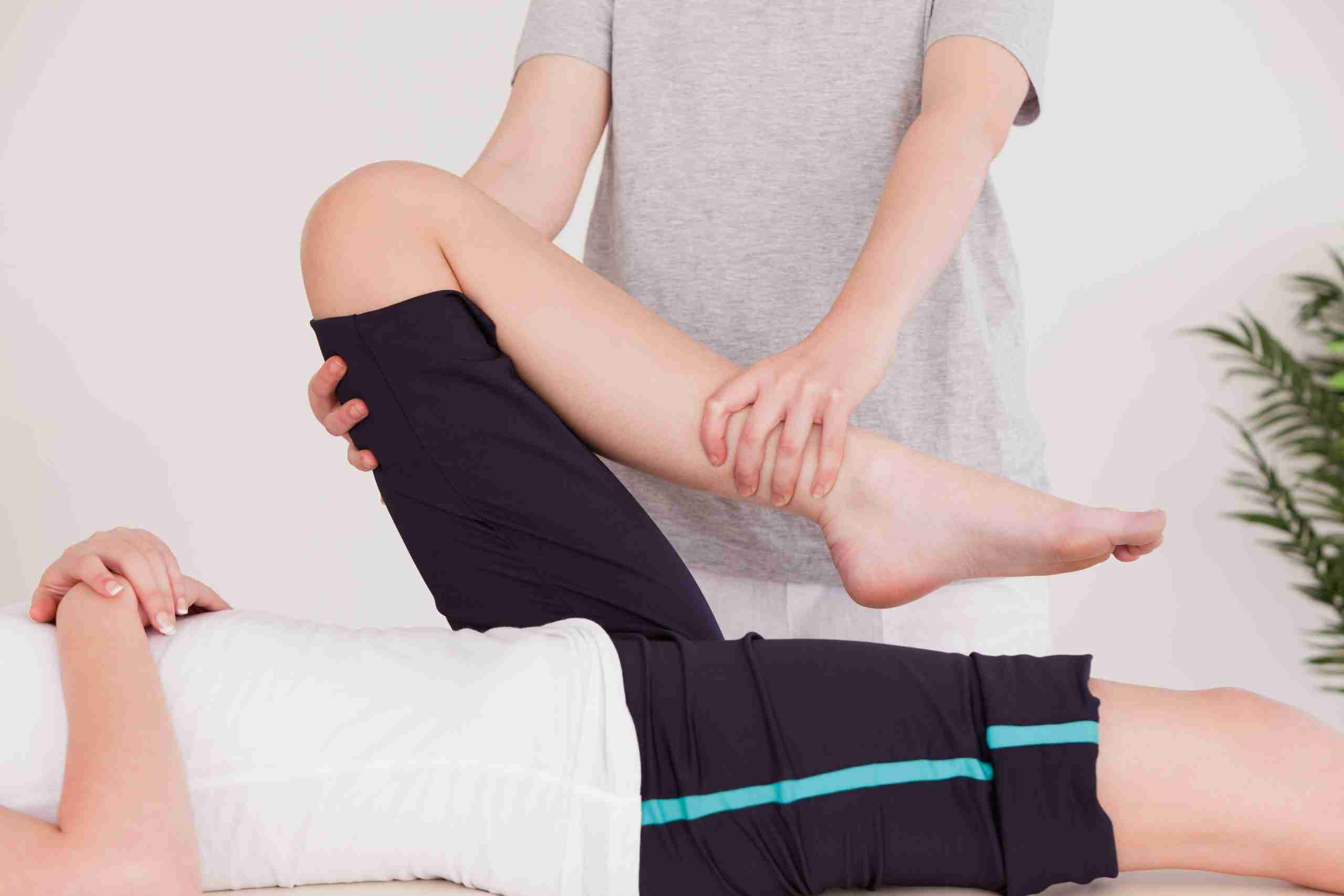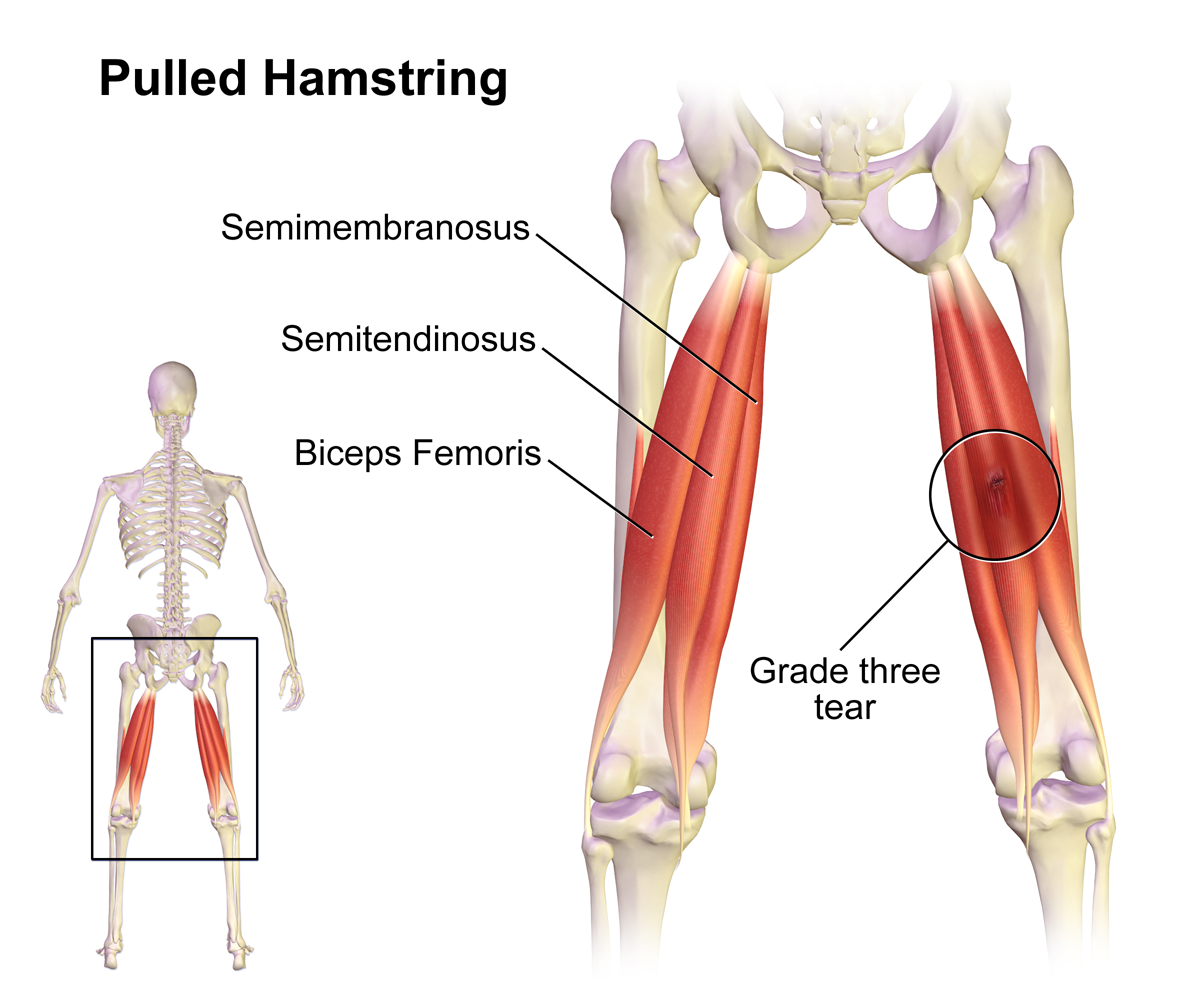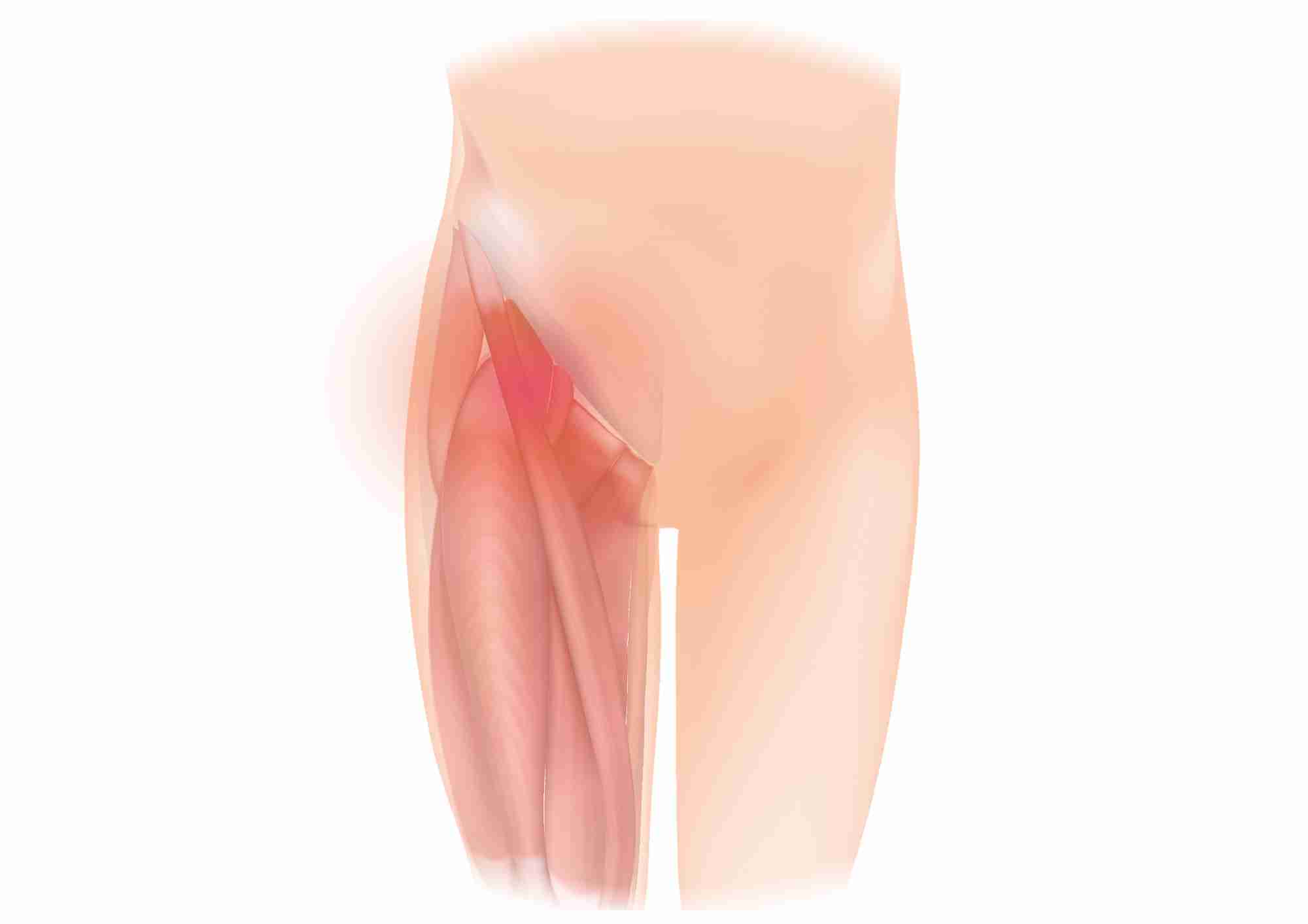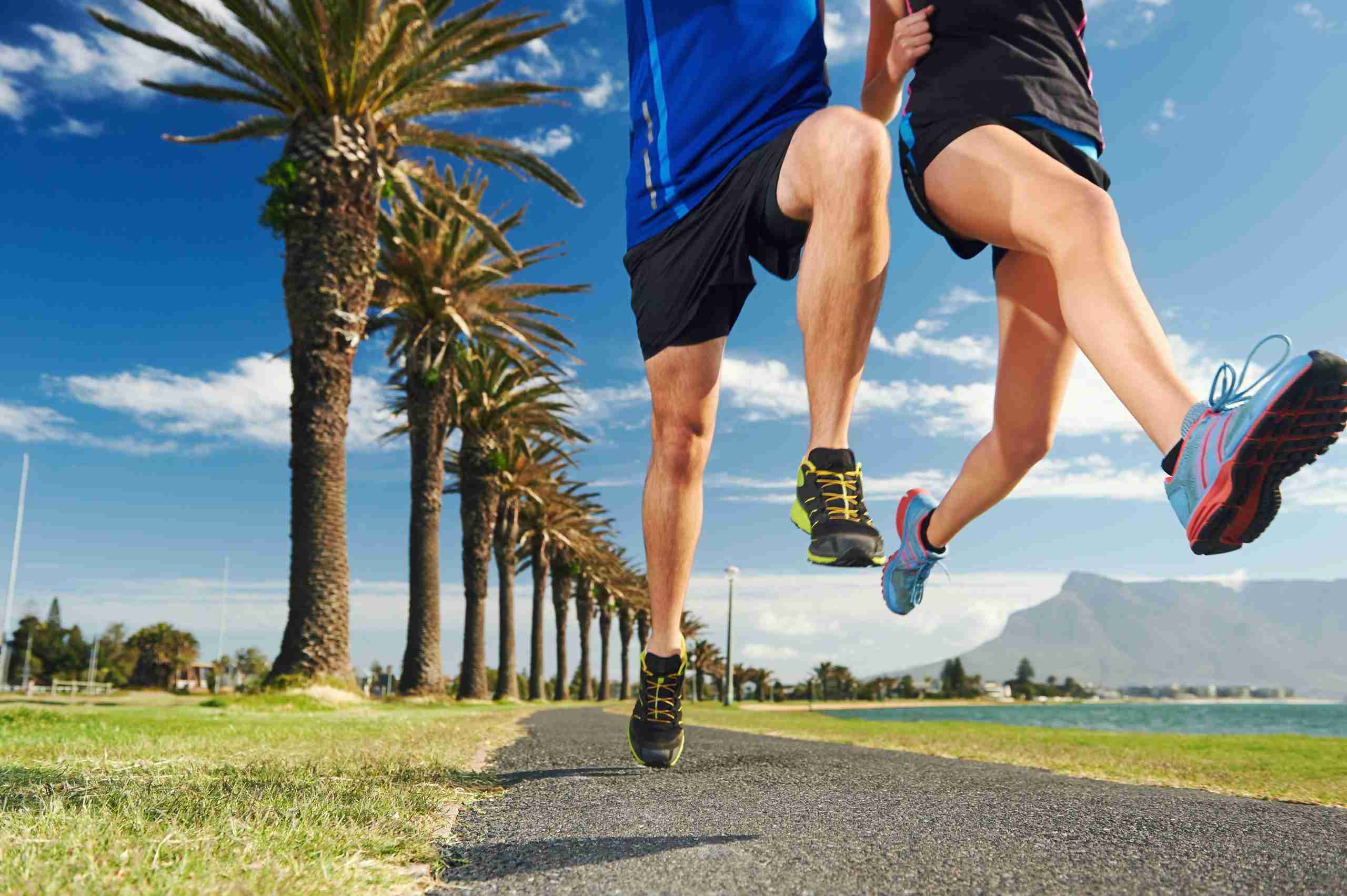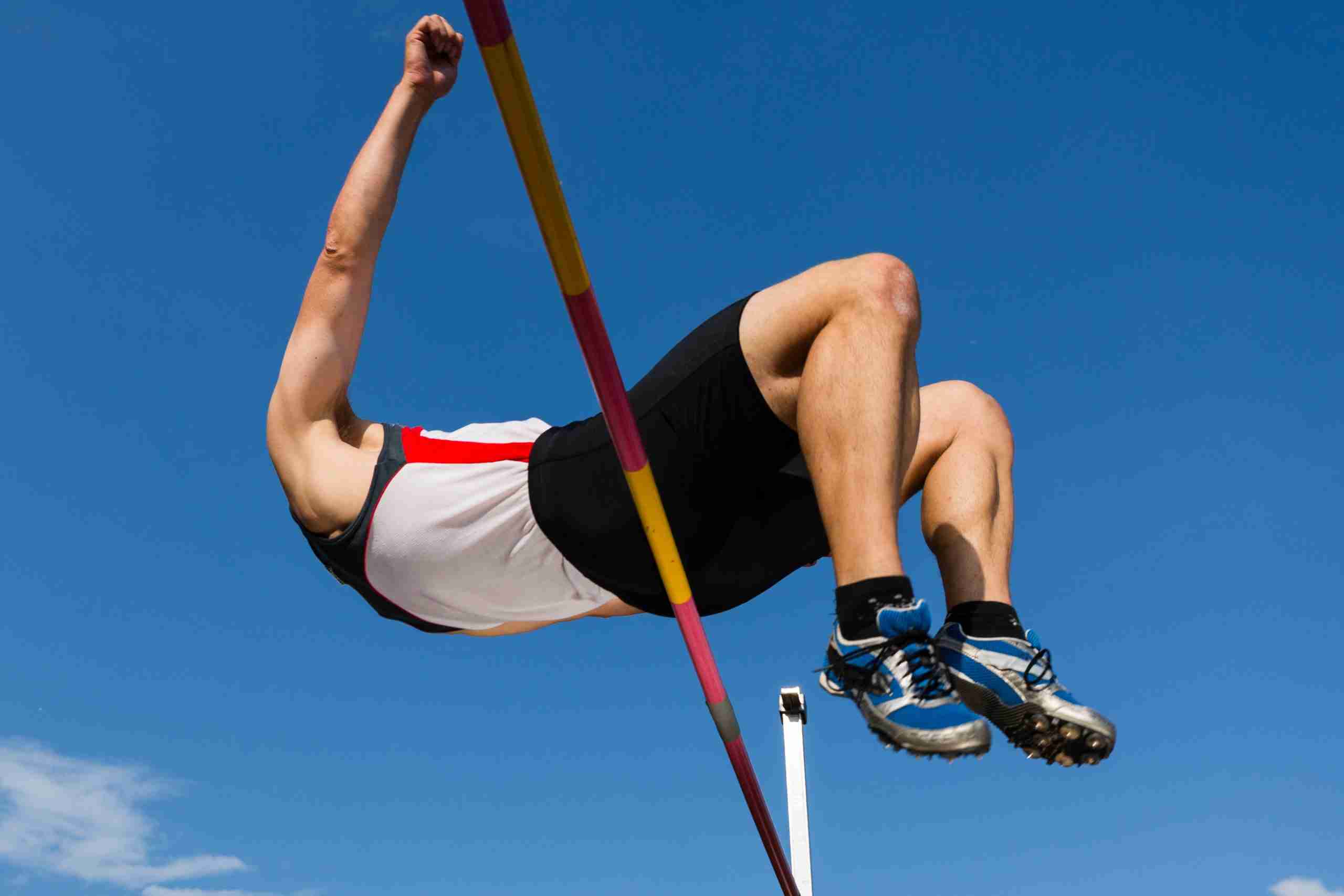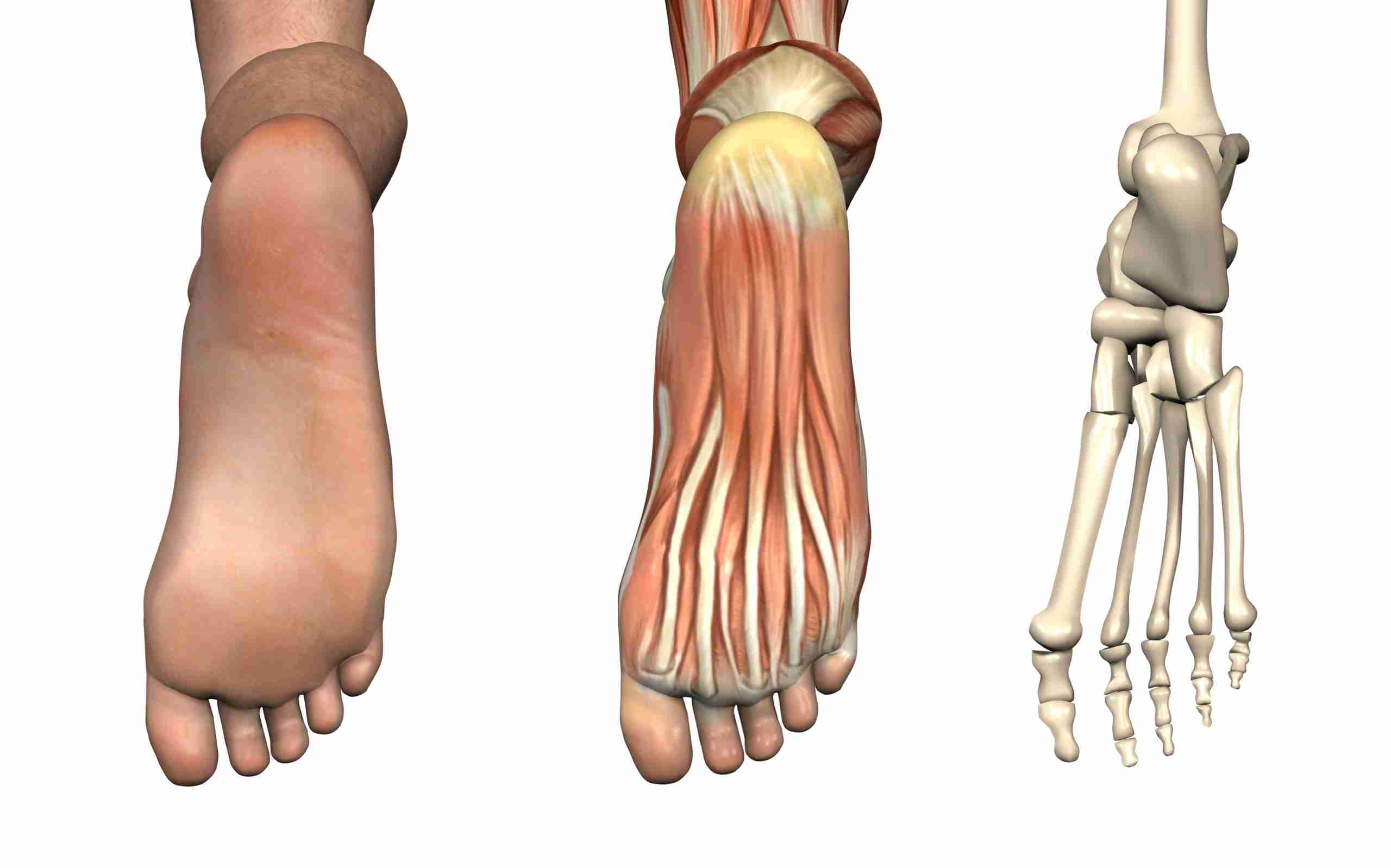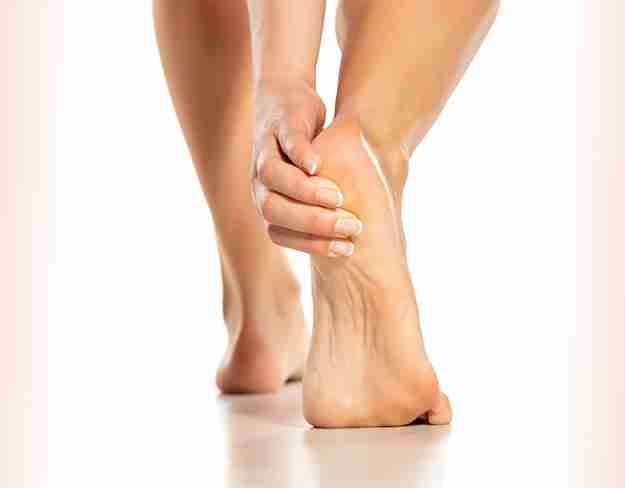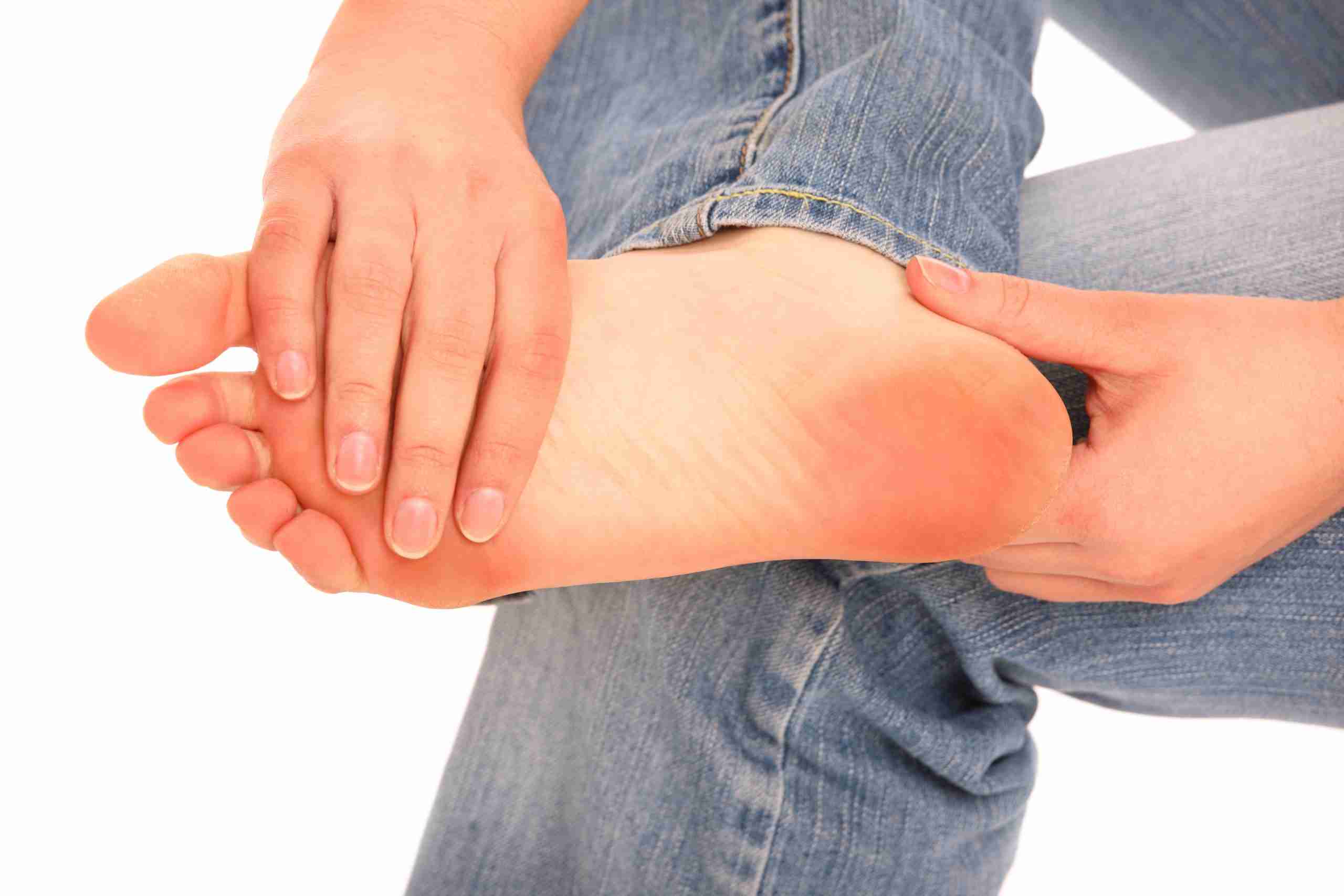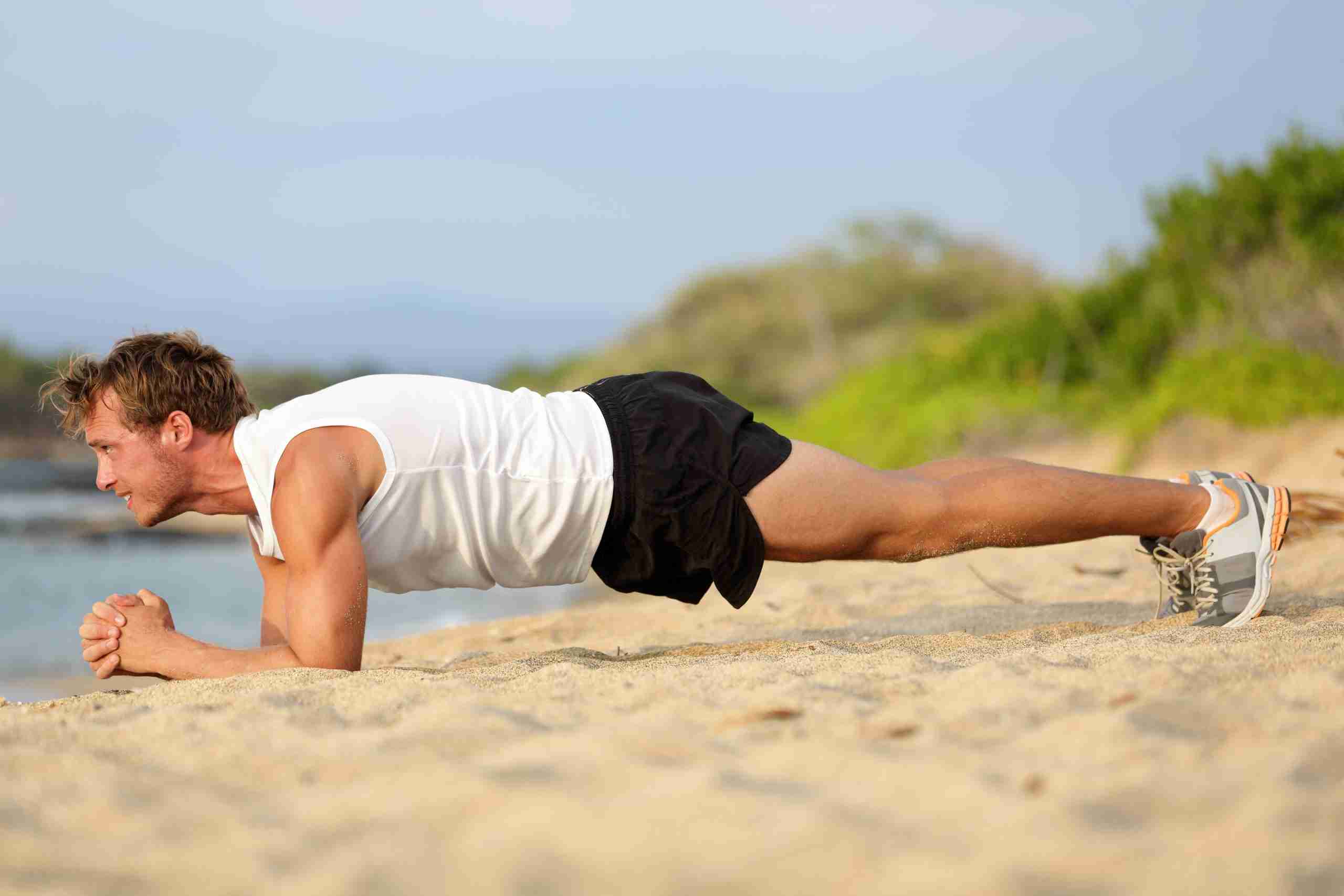Houston Shockwave Therapy
Revolutionizing Pain Relief: Houston Shockwave at the Forefront of Non-Invasive Therapy

Shockwave therapy is a clinical treatment that makes use of ultrasound innovation to send out high-energy acoustic waves into the target area to promote the body’s natural healing capabilities. At one of the most basic treatment levels, shockwave therapy promotes brand-new cell growth. These brand-new, healthy cells change old, weak, or harmed cells.
Shockwaves are in fact focused ultrasonic power (i.e., ultrasound), which is simply sound waves that have a resonance frequency higher than 20,000 Hz. For referral, most people listen to noises with a regularity in between 20 and 20,000 Hz.
Shockwave treatment goes by a variety of names, including:
Extracorporeal shockwave treatment (ESWT)
Acoustic wave therapy
Radial pressure wave therapy (RPW), known as radial shockwave therapy
Focused shockwave treatment (FSW)
Countless research studies verify that shockwave, or radial stress wave treatment, is an effective method of removing persistent discomfort without surgical treatment
Medical professionals initially made use of shockwave therapy in the 1990s, to deal with kidney stones. They observed that the treatment seemed to accelerate recovery in both bone and soft cells, which led to studies into various other medical applications of RPW therapies.
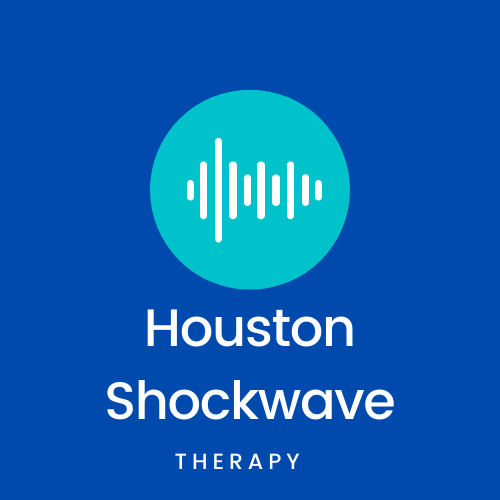
Phone: (281) 357-5454
Fax: (281) 357-5499
email: admin@houstonshockwave.com
25216 Grogan’s Park Dr.
Suite A
The Woodlands, TX 77380
Shockwave Therapy Treats:
It has actually been approximated that about 30% of examinations for musculoskeletal pain in a general setting belong to tendinopathy.
After a bone breaks, modern therapy allows almost all to recover entirely. In uncommon instances, a fracture does not heal, leading to a nonunion.
Age is one of the most usual aspects for rotator cuff condition. It is a progressive degenerative procedure. Smoking is a recognized danger factor.
Golfer’s elbow (clinical term: medial epicondylitis) is generally brought on by recurring or strenuous activities. The major symptom is discomfort in the arm joint that may also radiate to the entire arm.
“Tennis elbow” is currently a well-established diagnosis, and its pathology has been well defined. Its occurrence is common and has many reasons, including the game of tennis.
Trochanteric bursitis (TB) ) is a source of side hip discomfort. The bursa works as a lubricating medium for gluteus tendons to glide over during the physiologic range of movement.
Hamstrings bear the significant strain during the stage of motion when they shift from slowing down the expansion of the knee to prolonging the hip joint.
When a professional athlete develops an acute posterior upper leg pain throughout a game, that makes it tough to return to play.
Severe pressure injuries of the quadriceps frequently happen in athletic competitions such as football, rugby, and football. These sports call for forceful contractions of the quadriceps during knee flexion and hip extension.
Several elements contribute to the pathogenesis of patellar tendinopathy: weight, body mass index (BMI), waist-to-hip proportion, arch of the foot, quadriceps and hamstring flexibility.
“Jumper’s knee,” also called patellar tendinopathy, is an irritation and swelling of the knee triggered by micro tears in the patellar ligament that often occurs in sporting activities involving strenuous jumping.
Achilles tendinopathy is common amongst athletes in racquet sports, track and field, volleyball and soccer. Nonetheless, the problem is not confined to professional athletes.
Regular causes include tight-toed shoes, hyperextension of the toes while wearing high-heels, thickening of the crossover metatarsal ligament, high impact exercises, and lipoma.
The peroneal nerve, is a significant nerve that innervates the lower extremity. It is one of both significant branches off the sciatic nerve and obtains fibers from the posterior divisions of L4 with S2 nerve roots.
Posterior tibial tendon dysfunction is one of the most usual causes of adult acquired flatfoot. Ligament degeneration starts far prior to when clinical illness is apparent.
Common physical examination findings are tenderness to palpation over the clinical calcaneal tubercle and discomfort with passive dorsiflexion of the first toe. It is thought that repetitive overload from standing extended periods of time or running causes changes in the aponeurosis that can be acute or chronic.
Impotence (ED) is the lack of ability to accomplish or keep an erection that is satisfactory for sexual performance, and influences a considerable percentage of males. Two major facets of the male erection; the reflex erection and psychogenic erection, can be associated with the disorder.
Quick Links
Research
Testimonials
